Big Microplastic Survey
Microplastics pose a big threat to marine ecosystems and human health. Alongside the Big Microplastic Survey, we're collecting vital data on microplastic pollution in the UK. You can get involved by heading to the beach and telling us about the microplastics you find there.
What are microplastics?
Microplastics are tiny pieces of plastic, usually smaller than 5mm across. Some are so small that they're difficult to see with the naked eye.
There are two types of microplastics:
Primary microplastics: Plastics which are manufactured less than 5mm across. They include:
- Nurdles - Small, raw plastic pellets which are melted down and used to make almost all plastic products. They can vary in colour but are usually round and smooth.
- Bio-beads - These look similar to nurdles but are usually black in colour and have a rougher surface. They're used in wastewater treatment to filter out contaminants.
- Microfibres - From materials made with synthetic plastic fibres. You can find out more about our Stop Ocean Threads campaign here.
Secondary microplastics: Larger plastic pieces that have been broken down after being exposed to environmental conditions like waves, or the sun.
The problem with microplastics
Microplastics have been found from the top of Mount Everest to the deepest depths of the ocean. Recent studies have shown that microplastics are one of the greatest threats to our seas, coasts and wildlife.
It’s estimated that 1.3 million tonnes of microplastics enter our ocean every year, a fraction of the overall amount (11%). Due to their persistence in the environment, they will continue to increase in quantity.
11
%
ocean plastic is microplastics
30,159
pieces of microplastic recorded

Credit: Jack Holt
At every stage of the food chain marine life can mistake plastic for food. Ingestion of plastics can negatively impact feeding behaviour, growth, development, reproduction and lifespan. Microplastics can easily travel up food chains. They have been found in the bodies of zooplankton, turtles, sharks and even humans.
Microplastics can accumulate and carry toxic substances, too. This means harmful chemicals can be released into marine species and ecosystems, causing wider health problems.
Take action against microplastics
We’re calling on industries and retailers to reduce microplastics.
We've joined forces with the Big Microplastic Survey to get a better picture of microplastics around the UK coast. This data contributes to essential scientific research which we can use as evidence to change pollution policies and legislation.

Credit: Matt Barnes
How to get involved
There is still a lot to learn about microplastics. It’s easy to get involved by carrying out a survey on your next trip to the beach. The survey can be carried out at any time of year, at any beach, as many times as you like!
You can complete the survey on a mobile phone, tablet or computer.
To take part, simply:
- Register and download your guide and recording form at microplasticsurvey.org - Make sure you include the Marine Conservation Society as your organisation when you register.
- Watch the instruction videos
- Head to the beach and set your survey area
- Start your search and fill in your survey form
- Tell us what you found through the Big Microplastic Survey app
What have you found so far?

This project is funded by the Government's Green Recovery Challenge Fund. The fund was developed by Defra and its Arm's-Length Bodies. It is being delivered by The National Lottery Heritage Fund in partnership with Natural England, the Environment Agency and Forestry Commission.


